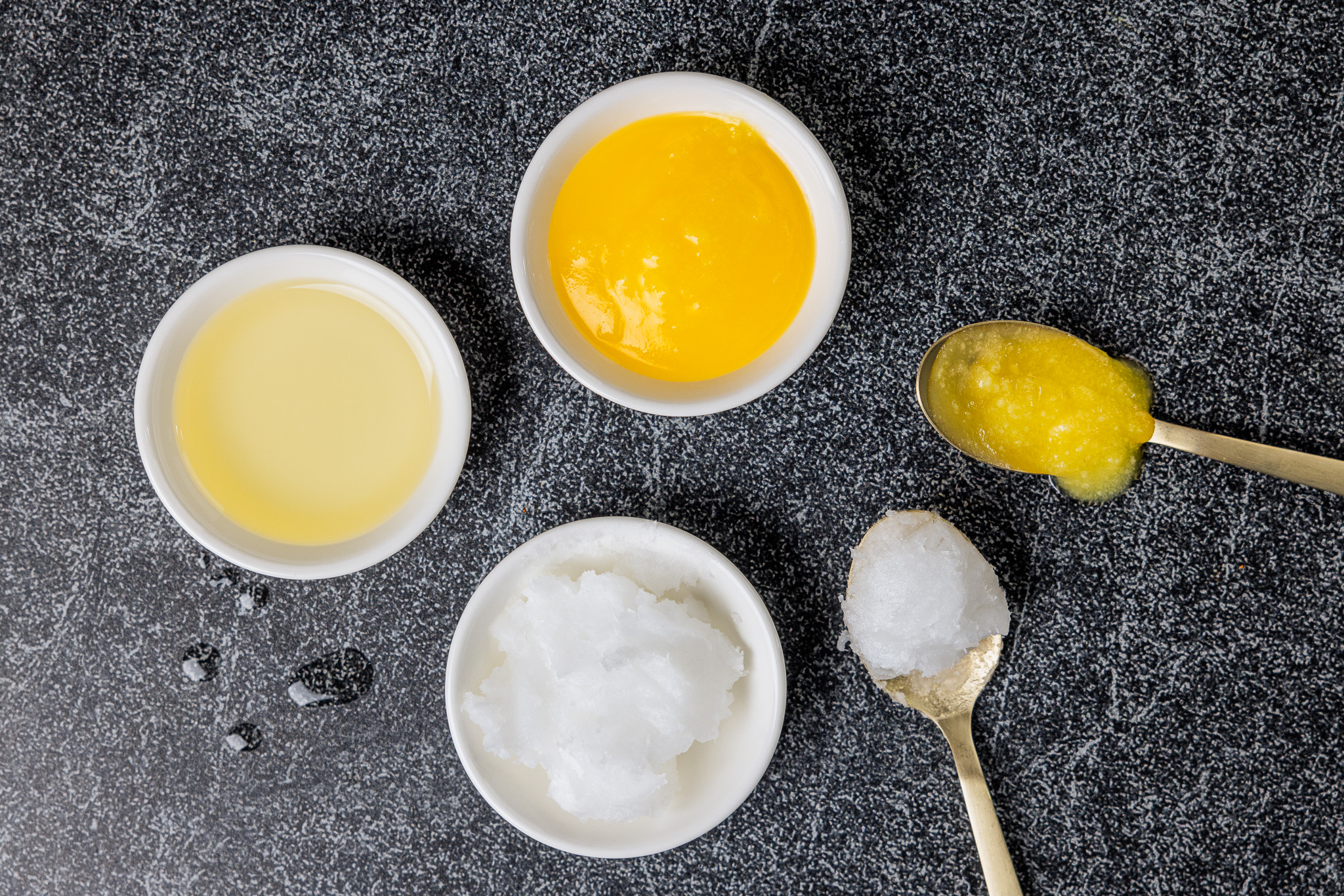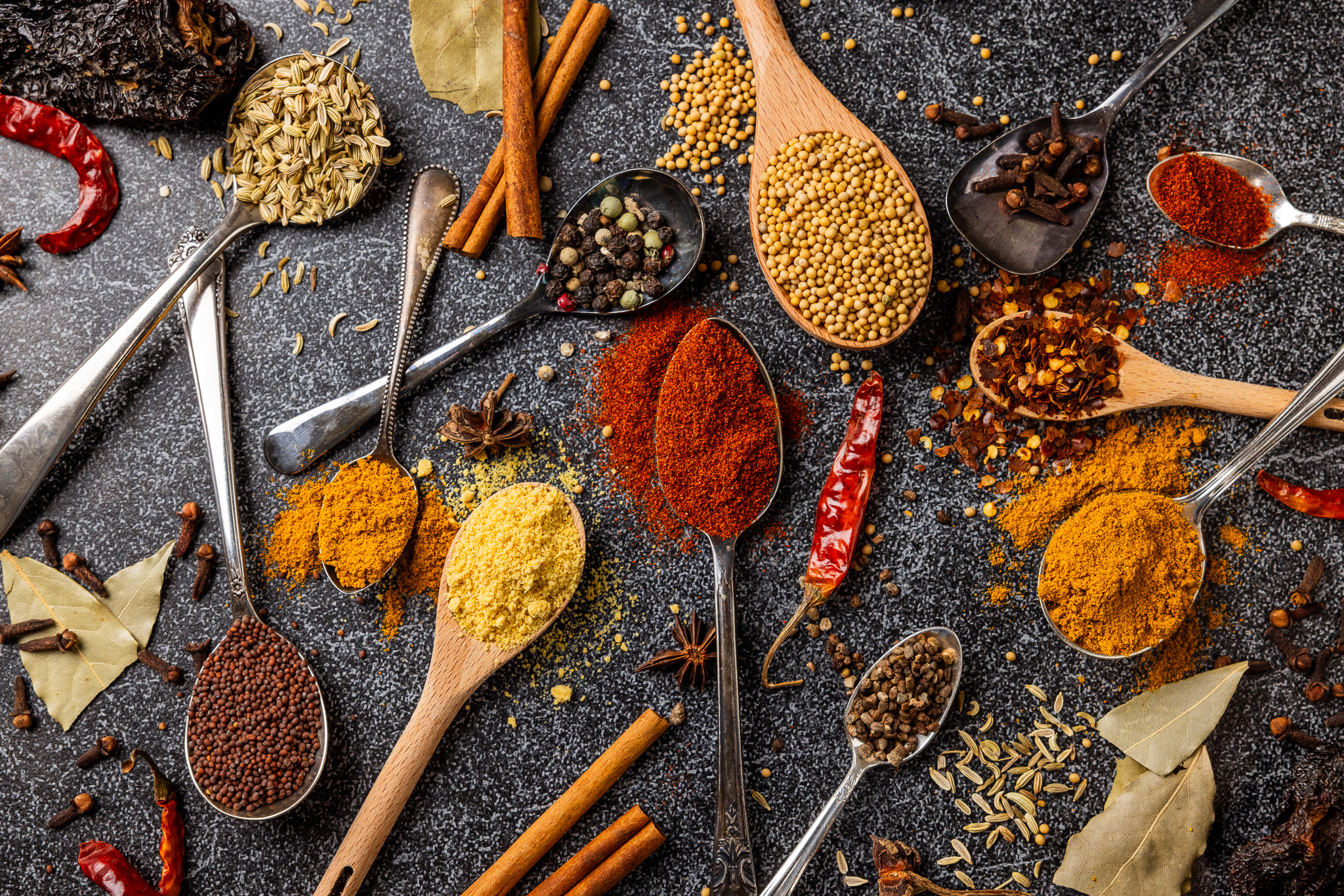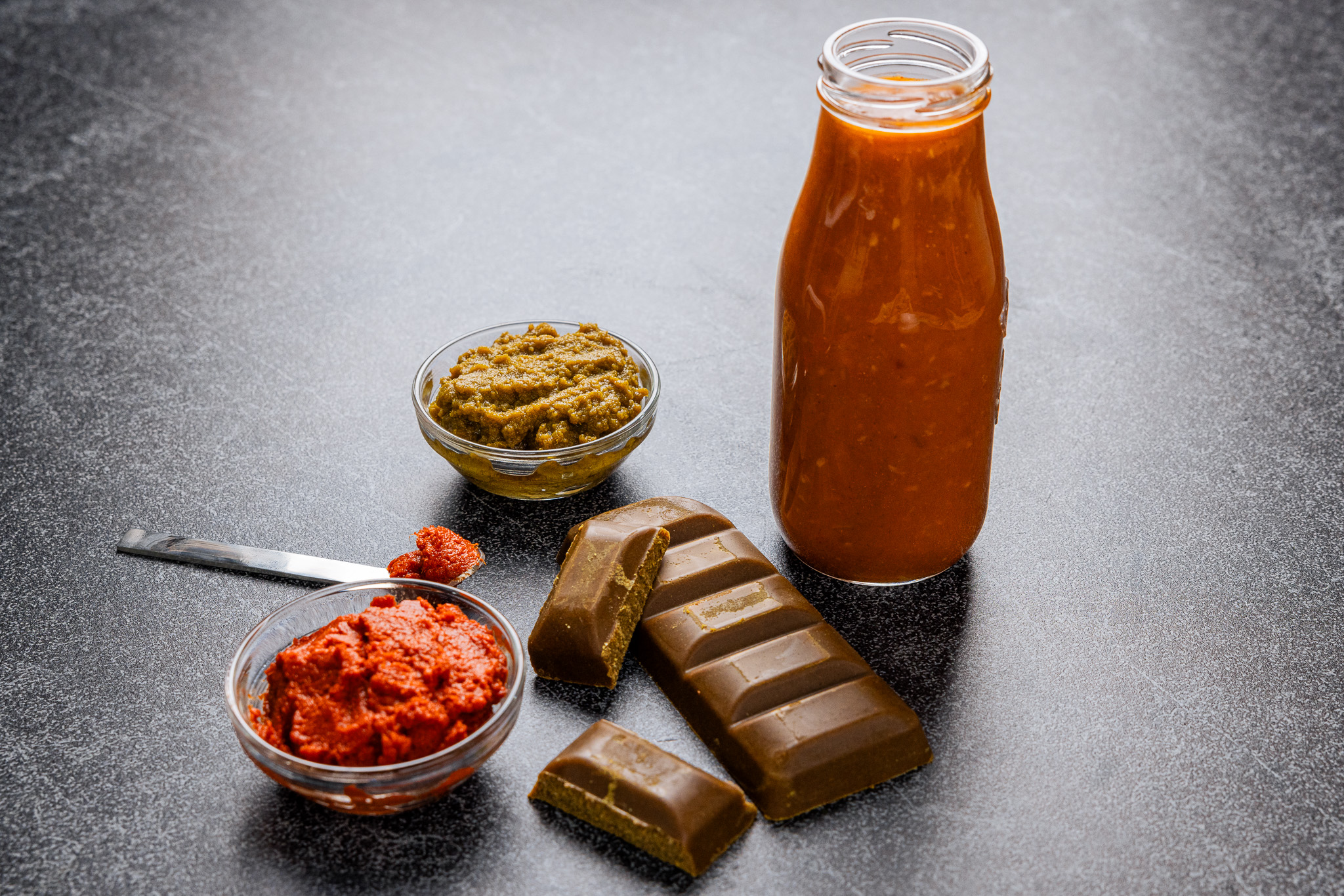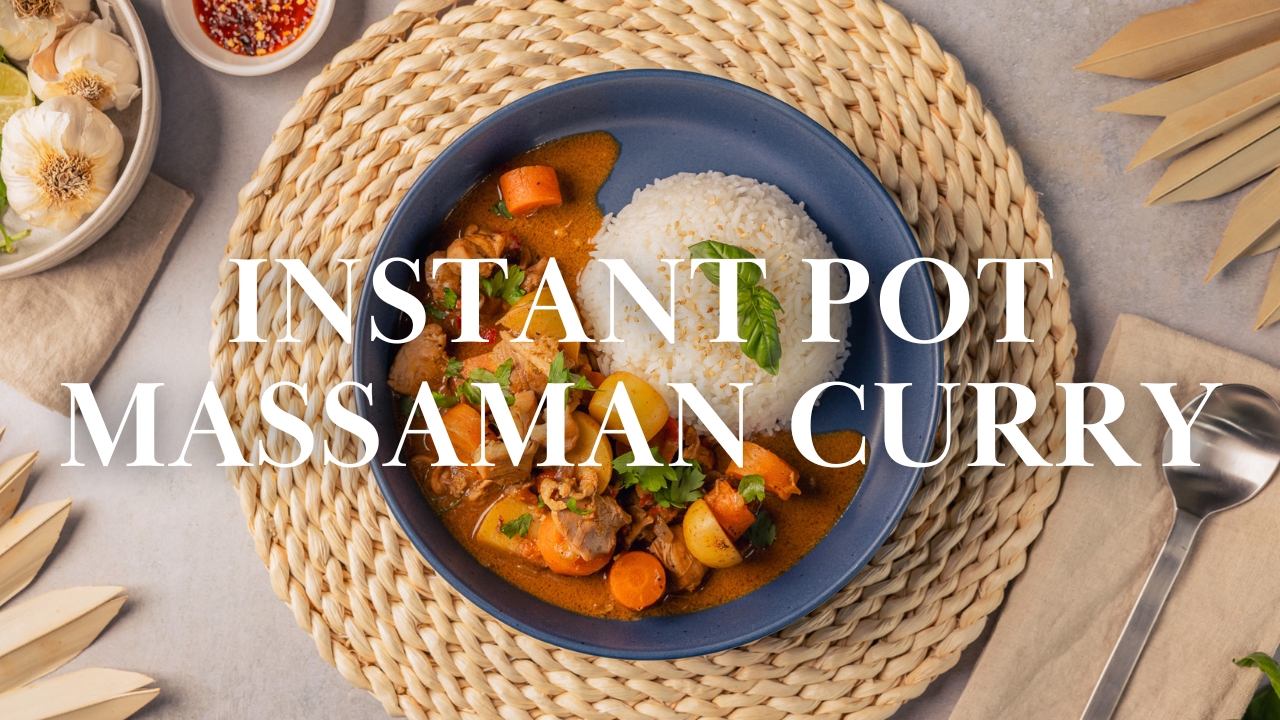
Curry 101: A Brief Culinary History
Delicious, hearty, and absolutely versatile, "curry" combines rich, aromatic spices in a sauce with vegetables and protein. That's the overly simple answer.
More accurately, the word curry is a generally used to describe a variety of regional dishes from around the world. Whether from India or Southeast Asia, a curry can be everything from a stew to a gravy, with varying levels of spice thanks to the regional, and often inherited, recipes handed down through generations.
The one thing that unifies every curry: it makes vegetables and proteins extra delicious.
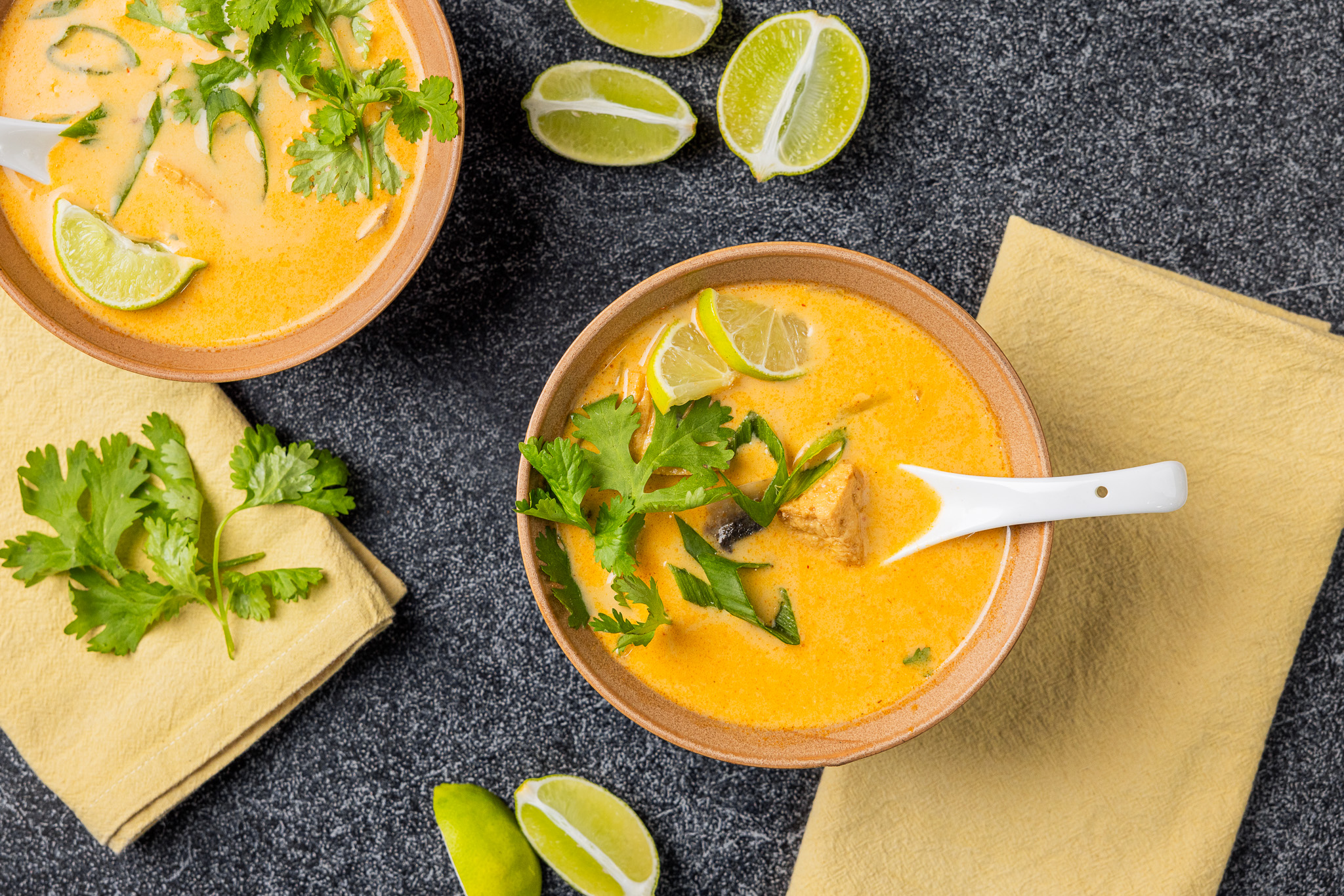
A Brief History of Curry
The word "curry" was used as a general term to describe foreign dishes - most often traditional Indian or Southeast Asia dishes that were brought back from explorations and adapted to local tastes. And, while historically the term misclassified enduring cultural dishes, the result today is a truly global variety of sauces, stews, and gravies that make up delightful dishes full of spice and flavor.
While you will find a lot of Western influence on "curry" dishes, there are creative interpretations across the world - from the Caribbean to South Africa and Britain to Japan. Highly adaptable, curry is well-loved for a reason.
Common Ingredients and Additions
While there are many variations in spices and flavor, there are some constants between regional curries. Every curry combines vegetables and protein (or protein alternative) with spices and fats or oils.
Coconut milk is found in both Indian and Southeast Asian curries, and onions, tomatoes, potatoes, and ginger appear frequently. Spices, like chilies, turmeric, cinnamon, and cloves, are also common across regions, and rice tends to be the most preferred vessel for enjoying a rich and fragrant curry.
Proteins vary across regions based on local tastes and include chicken, pork, fish, shrimp, or tofu. As a rich sauce, curry is incredibly versatile and can star alongside nearly any protein or protein alternative you prefer.
Curry Spices: A Simple Guide
Because curry is generally a blend of spices, those spices vary based on regional flavors and traditions. Powders and pastes, spicy or mild - there are many differences across the world.
Indian cuisine often uses whole spices or start with a dry curry blend that includes turmeric, ginger, garlic, coriander, cumin, cinnamon, cloves, mustard seed, fennel seed, and black pepper. Other spices, like nutmeg, fenugreek, and star anise are also common.
Curry paste is more commonly found in Thai and Southeast Asia curry varieties, and includes oil and other ingredients that render better in a wet form - like peppers or herbs.
Whether dry or paste, a curry mixture is best suited for convenience. Most authentic recipes opt for whole spices, herbs, or ingredients ground into a custom mix and slow-cooked for the most robust flavor.
Curry Dishes: The Most Common Favorites
No single article can detail the numerous varieties of "curry." With regional variations and more local adaptations, the options are endless. But here are a few of the most loved dishes that are found across the country:

Butter Chicken or murgh makhani (Indian) - A rich and warming Indian dish enjoyed across the world, yogurt-marinated chicken is added to a velvety base of butter and tomatoes, alongside onions, ginger, garam masala, cumin, turmeric, and cinnamon.
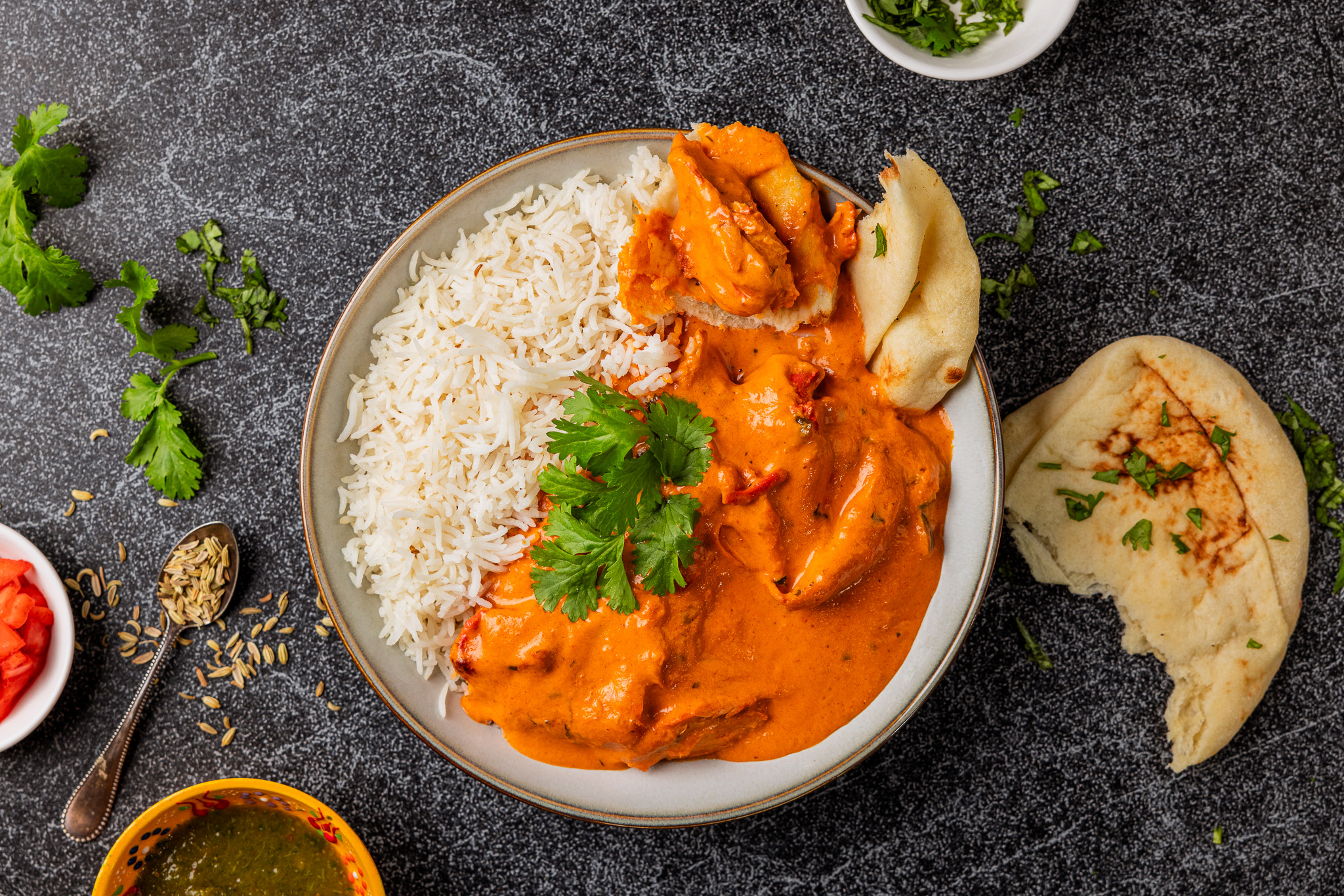
Tikka Masala (Indian) - This is the tangier, less creamy cousin of Butter Chicken. It incorporates many of the same spices but without butter and with more tomatoes. More widely known as Chicken Tikka Masala, it is highly adaptable to vegetarian variations, with chickpeas and cauliflower, tofu, or other vegetable combinations.
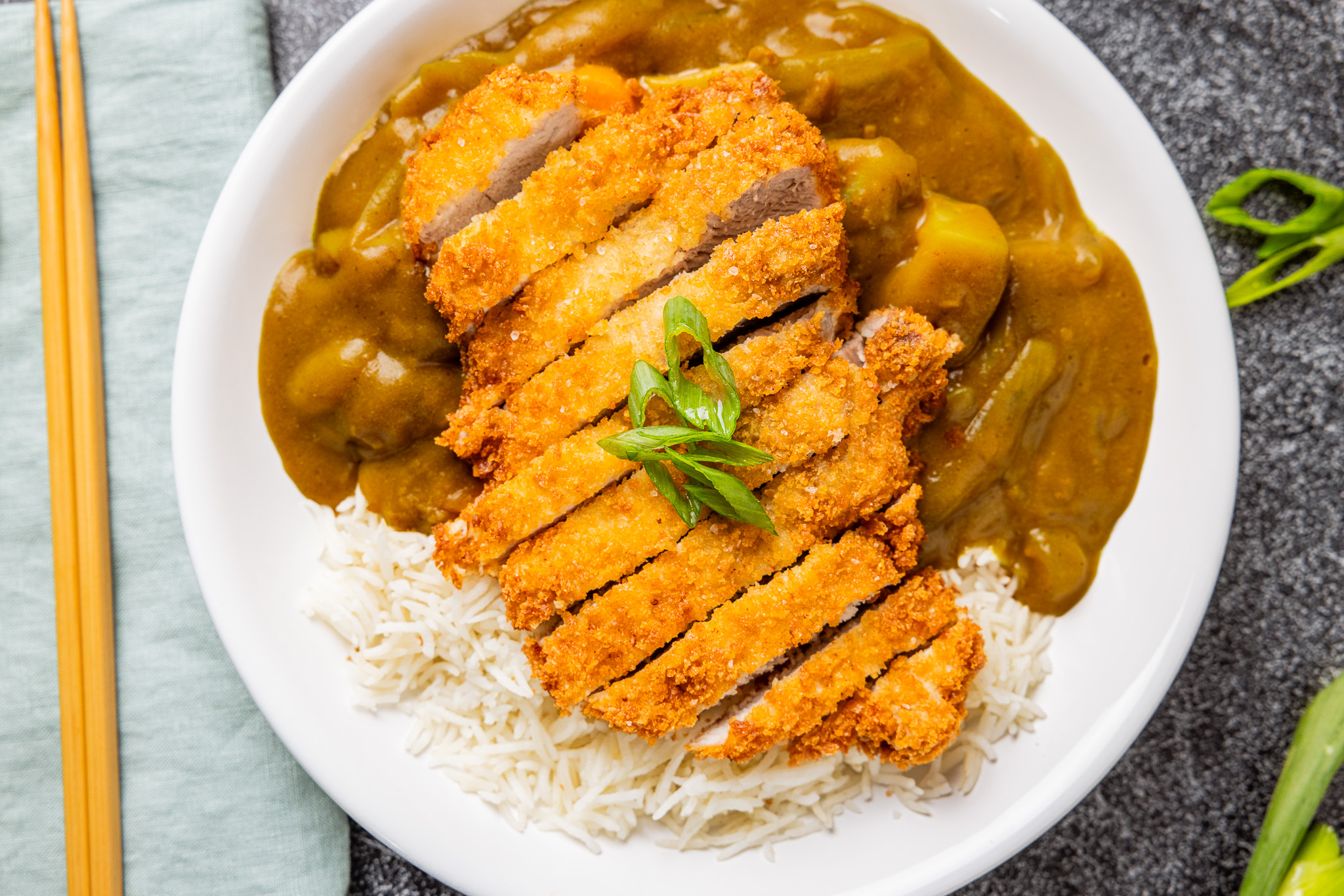
Katsu Curry (Japanese) - While "katsu curry" is generally a name used to denote all versions of Japanese curry, there are three main variations: kare raisu (curry over rice), kare udon (curry over thick noodles), or kare pan (curry-filled pastry). As one of the most popular dishes in Japan, the sauce is milder than in other regions and is paired with protein and simple vegetables, like onions, potatoes, and carrots.
Green Curry or kreung gaeng keo (Thai) - As one of the most popular curry dishes in Thail cuisine, green curry is the most vibrant in flavor, featuring fresh coriander (cilantro), lime leaf, and basil, along with a base of green chilies, lemongrass, fish sauce, garlic, ginger, and shallots. It is one of our favorite variations to pair with fish.
Yellow Curry or nam prik gaeng karee (Thai) - The deep yellow hue of this curry is owed to the addition of turmeric, with coriander, cumin, lemongrass, ginger, and garlic. Traditionally made with yellow chilies, it is more mild and often sweet when paired with coconut milk.
Red Curry or kreung gaeng phet daeng (Thai) - Perhaps the most traditional curry to Thailand, this version starts with fiery red chilies for added color and spice. Containing garlic, spices, galangal, and shrimp paste, red curry is extremely versatile and is often paired with coconut milk and tomatoes.
Massaman Curry or kaeng matsaman (Thai) - This curry brings Persian influence by adding whole spices and peanuts. It is mild and sweet, with a thick sauce that pairs perfectly with potatoes and protein, like in this simple Instant Pot Massaman Curry.
Panang Curry or phanaeng (Thai) - Often mistaken for red curry, Panang is lighter on the chilies and incorporates peanuts as the headliner, alongside coconut milk for a hearty, creamy sauce.
Making Curry at Home
You don't have to be an expert to make curry at home. Most local stores offer simple mixes and spice blends so you can easily start your own curry journey around the world.
If you don't want to use a pre-made curry powder or curry paste, many of the key spices used in curry are simple pantry staples that you might already have (like cinnamon or ginger). Other spices (like turmeric or cumin) are wonderful new additions that can elevate your everyday cooking. You may also find whole spices (like cardamom pods or cumin seeds) at a local market for added flavor and authenticity.
No matter how you start, curry dishes are easily customizable and adaptable for weeknight meals with an Instant or crock pot. Or, you can opt for a bit of fusion, turning your favorite curry flavors into a soup or casserole. Even better, most curries get better over time - making it the perfect dish to meal prep for leftovers.
So, get creative and explore the wide array of global curries in your own kitchen.
Ready to make your own curry at home? Try our Instant Pot Massaman Curry!
